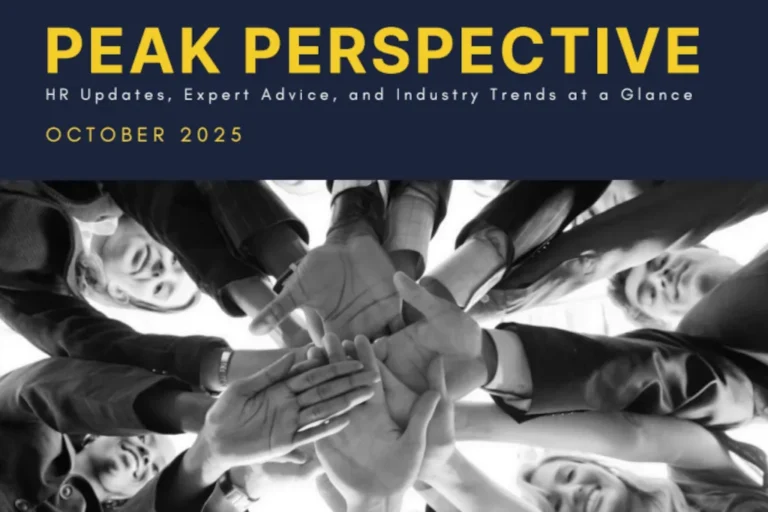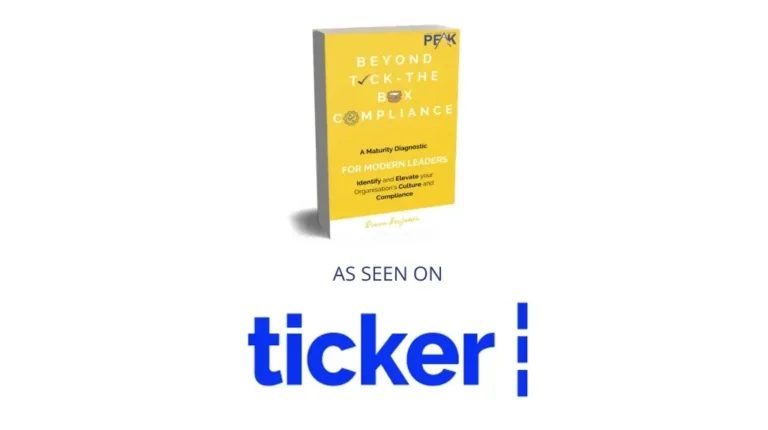In today’s fast-paced business world, we often hear about the importance of workplace culture. But what really shapes it? As a chief people officer with years of experience across various industries and organisations, from scrappy startups to global giants, I’ve seen firsthand how leadership can make or break a positive workplace environment. Today, I’d like to share some insights and a powerful story that illustrates just how crucial good leadership is in cultivating a thriving organisational culture.
Let me introduce you to Jack, a solid performer who had been with Company A for a few years. Jack was presented with an opportunity to join Company B in the same industry, but in a role that more closely aligned with his career goals. Following protocol, Jack submitted his resignation, informing his manager in writing.
Shortly after resigning, Jack received an unexpected call from Frank, the department executive. What should have been a professional discussion took an interesting turn. Frank not only expressed disappointment in Jack’s decision to leave but also made an unsettling threat: “I know the CEO of Company B well, and if I want, I can make a call and have your offer pulled.”
The implications of Frank’s statement hit Jack hard. Stunned into silence, his mind raced with the potential consequences of this threat. The conversation ended abruptly, leaving Jack visibly shaken.
As Jack returned to his desk, his colleagues couldn’t help but notice the dramatic change in his demeanour. His face said it all. Whispers began to circulate as people speculated about what could have caused such a drastic shift in Jack’s mood.
The incident quickly became the subject of office chatter, with employees expressing their support for Jack and shock over Frank’s behaviour. To make matters worse, when made aware of the situation, the CEO saw nothing wrong with Frank’s intimidating behaviour, effectively condoning such tactics.
This lack of accountability by two executives sent shockwaves through the office. Employees who had once felt valued and respected started questioning their alignment with a company where threats and intimidation were apparently acceptable leadership practices.
Insight #1 – Leadership Sets the Tone: Culture starts at the top. Leaders cast a shadow, and employees constantly observe and emulate their behaviours. Whether intentional or not, leaders’ actions are perceived as acceptable, thus shaping organisational norms and culture.
From a neuroscience perspective, this scenario perfectly illustrates what happens in the brain when psychological safety is missing. When people feel threatened (perceived or otherwise), as Jack did, their brain’s prefrontal cortex – responsible for complex thinking, problem-solving, and creativity – goes into survival mode. This physiological response makes it literally harder to think straight, let alone innovate or excel.
The impact extends beyond the individual. When employees witness such behaviour, it triggers a similar stress response, creating a ripple effect throughout the organisation. This not only affects immediate productivity but can also lead to long-term issues with employee engagement, retention, and overall organisational performance.
Conversely, in environments where people feel supported, respected, and psychologically safe, their brains are primed for peak performance. They’re more creative, collaborative, and willing to go the extra mile. This state of psychological safety allows the prefrontal cortex to function optimally, fostering innovation, problem-solving, and high performance.
Insight #2 – Self-Awareness is Crucial: Effective leaders possess strong self-awareness. They understand their strengths, recognise their blind spots, and comprehend their impact on others. They are open to feedback and committed to growing as a leader. This awareness allows them to manage their emotions and behaviours, enabling them to lead more effectively.
I was listening to Brené Brown’s ‘Dare to Lead’ audiobook shortly after this occurrence, and something she said resonated deeply: “People need to be treated with dignity.” It’s such a simple concept, but so powerful. As Brene eloquently puts it, “If we want people to fully show up, to bring their whole unarmoured selves to work, we have to be vigilant about creating a culture in which people feel safe, seen, heard, and respected.”
This brings us to our next crucial point about organisational culture:
Insight #3 – Culture Drives Results: A positive workplace culture and high employee engagement are foundational to business success. As Doug Conant aptly put it, “To win in the marketplace, we must first win in the workplace.”
I’ve been fortunate enough to create and work in environments with true psychological safety and a strong culture, and I’ve also experienced those without, such as the one in our story. Let me tell you, the difference is night and day. Where psychological safety exists, the effort, energy, innovation, and sheer joy of coming to work is palpable and results naturally follow as people are excited to contribute.
So, what’s the key message here? It’s about creating an environment where psychological safety isn’t just a buzzword, but a lived reality. This isn’t just good practice – it’s recently become law. With psychosocial safety laws in place across all Australian states, organisations are now legally obligated to protect the mental wellbeing of their employees.
Insight #4 – Respect and Dignity Foster Excellence: When employees are treated with respect, trust, and dignity and given clarity, alignment, and the freedom to contribute—magic happens. This approach is the secret sauce for cultivating a great culture and driving high performance, both individually and organisationally.
But beyond legal compliance, it’s about what truly drives success in your organisation. What behaviours do you recognise and reward? Is it the loudest voice in the room, or the one who listens and lifts others up? Do you prioritise short-term wins at any cost, or sustainable, collaborative success that fosters a healthy work environment?
As a leader, it’s crucial to reflect on your own behaviours and their impact on your team and organisation. Ask yourself: Am I creating an environment where my team feels safe to speak up, take risks, and innovate? Do I lead with empathy and respect, fostering trust and collaboration? How do my actions align with the culture I want to create?
Creating a culture of psychological safety isn’t just about avoiding legal pitfalls – it’s about unlocking the full potential of your people and your organisation. It’s an investment that pays dividends in creativity, innovation, and overall performance.
If you’re reading this and thinking, ‘Hmm, we might need some help in this department,’ – don’t worry, you’re not alone. It’s why I started Peak Coaching and Advisory Group. Because when it comes to creating high-performance cultures, sometimes you need a guide who’s been there, done that, and has the battle scars (and success stories) to prove it.
Ready to transform your workplace and create a culture where your team can thrive? Let’s chat. Your people – and your bottom line – will thank you.




